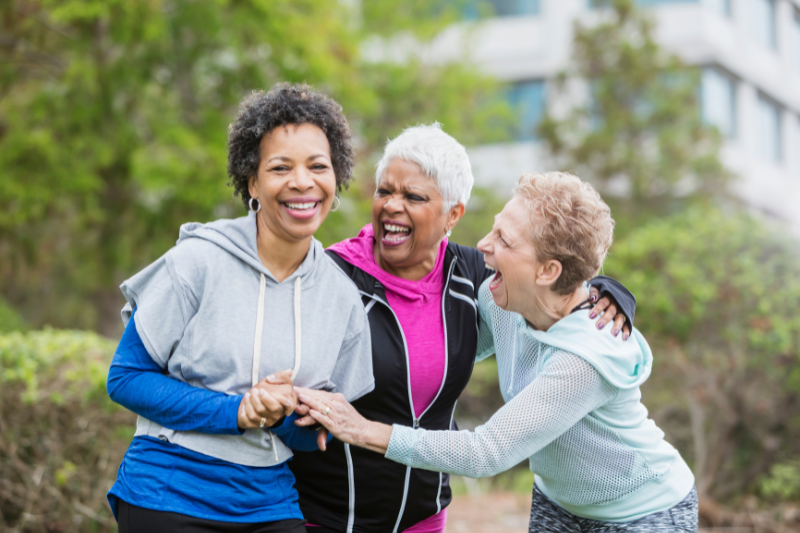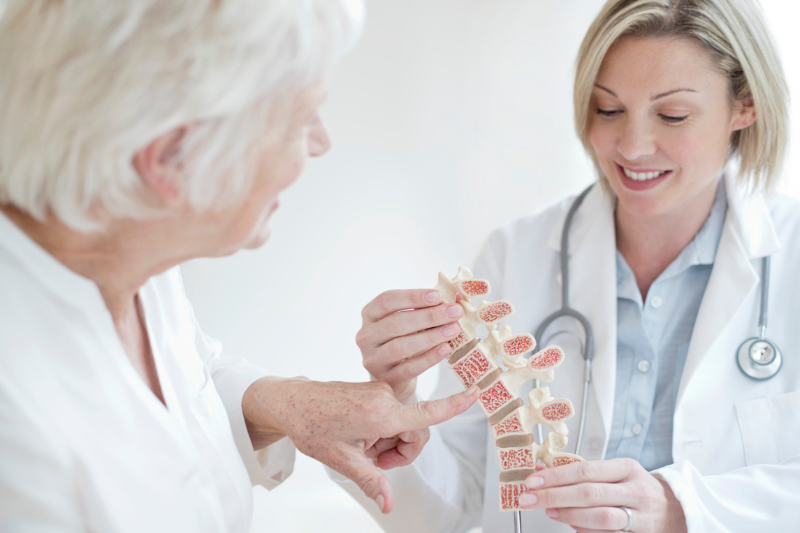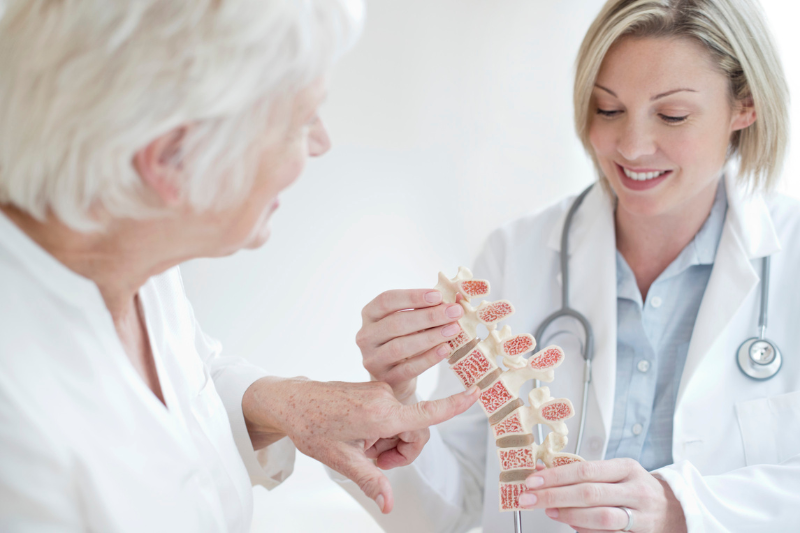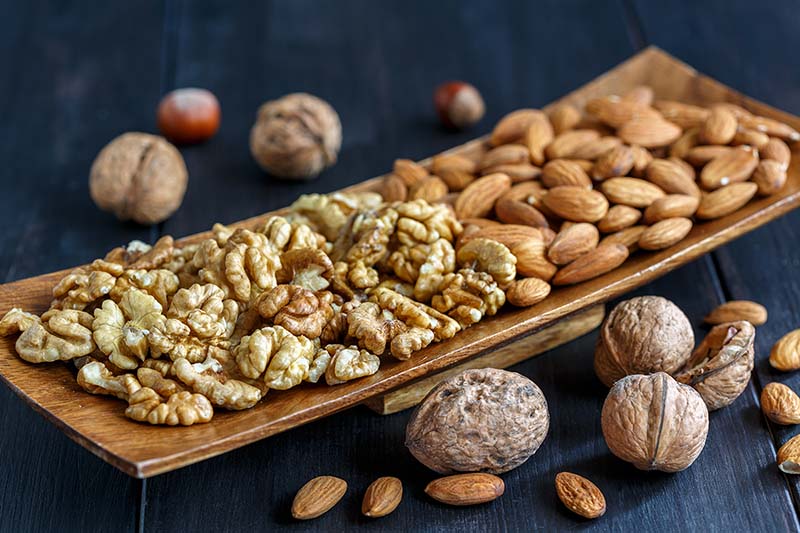4 Ways to Prevent Blisters While Exercising
Avoid the pain and discomfort of blisters, so you can get moving again.
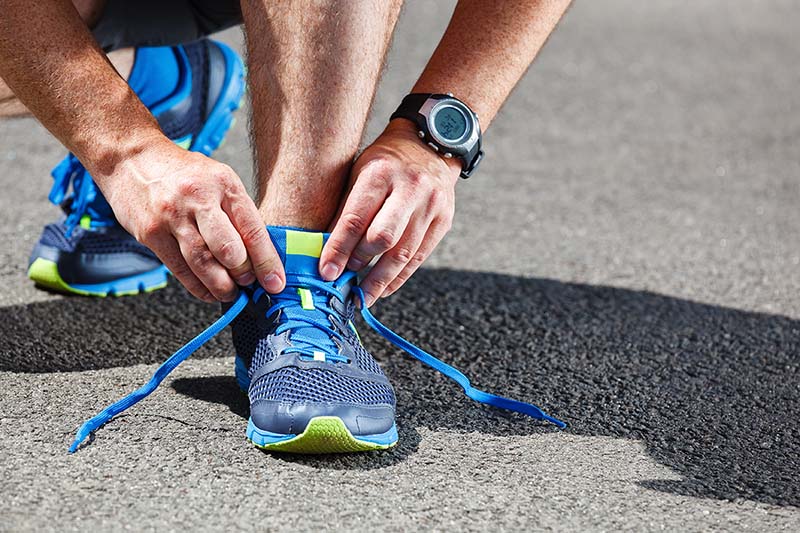
Blisters are painful lesions that often present on the feet. If you’ve ever worn shoes that don’t quite fit right or have exercised for long periods, you may have experienced one—or more—blisters before.
What is a blister?
Before learning how to prevent blisters while exercising, it’s helpful to understand what blisters are and how they’re formed. A blister, also known as a vesicle, is a raised portion of skin that fills with fluid.
Friction between your skin and another surface, such as your sock or the inside of your shoe, can cause the skin layers to separate and fill with fluid. Blistering of the skin can also occur after a bad burn like a sunburn or as a result of an infection.
A blister looks like a small raised circle on the skin, and it may feel soft to the touch due to the fluid inside. Most blisters are filled with clear fluid, although pressure around the affected area can cause blood vessels to break, causing blood to mix with the fluid. This type of blister is known as a blood blister.
Related: 5 Ways to Speed Recovery after Exercising
4 ways to prevent blisters while exercising
Running and walking are two common exercises that can lead to blisters. You might also experience blisters when engaging in other forms of activity that require you to spend time on your feet, such as dancing or climbing stairs.
Follow these four steps to reduce the risk of blisters.
- Wear the right shoes. Wearing the correct footwear for a given form of exercise can prevent a lot of discomforts and reduce the risk for potential injury. You should also choose shoes that provide ample support and are properly sized.
For example, most runners opt for shoes that are about a half-size larger than what they typically wear since their feet expand and swell during exercise. If your toes are crammed into the toe box, you could end up with painful blisters.
- Keep feet dry and cool. Keeping your feet cool and dry while exercising can also prevent blisters. Invest in moisture-wicking socks that will keep sweat from collecting in the material.
Applying antiperspirant on the feet may also help reduce excess sweating. Some runners and walkers even sprinkle cornstarch or talcum powder into their socks before a workout to help absorb the moisture.
- Eliminate rubbing areas in the shoes. Problem areas in your shoes, which are often referred to as hot spots, can cause blisters every time you wear them. For example, the shoe’s seams can rub against your foot, causing friction and leading to blisters.
To avoid this problem, try shoes that don't have seams or add a new pair of insoles to smooth the inside of the shoe.
If you can’t get rid of the hot spots, protect or cover the affected area with a bandage or moleskin. You can also try lubricating the area of the shoe that is irritating.
- Protect and toughen the skin. If you’re just starting an exercise program, your feet may be more sensitive. Try to protect and toughen your skin by increasing your distance gradually, allowing your feet to develop protective calluses in areas where friction occurs.
Don’t let blisters put a damper on your workout routine. Instead, take action to prevent them before you start exercising.
Related: 7 Reasons to Run for Fun

